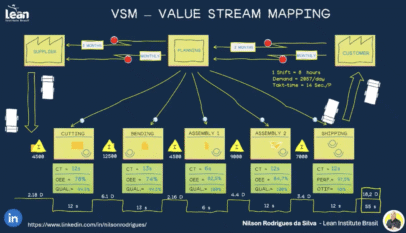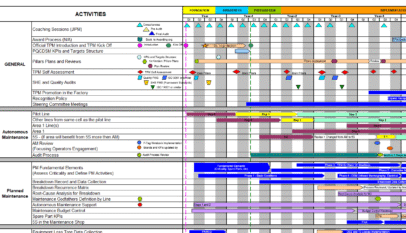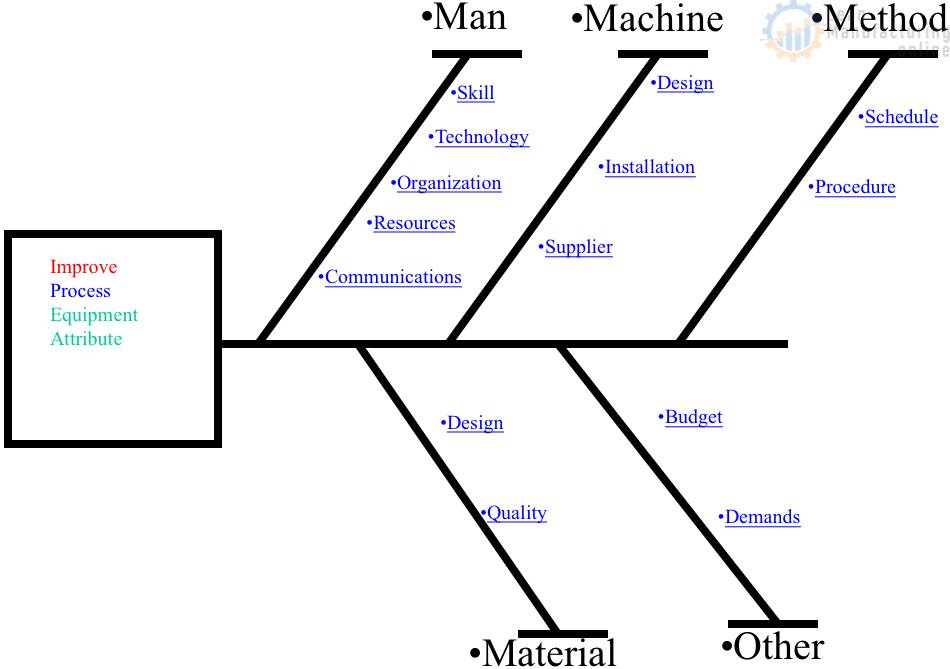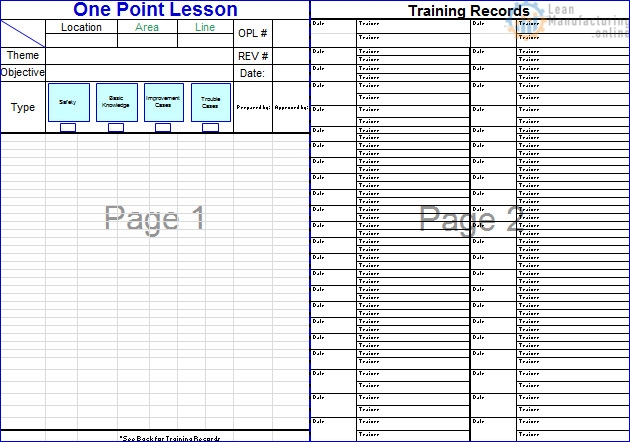Every improvement opportunity starts where the work happens. That’s why effective factory managers begin daily with structured routines rooted in Lean thinking—from Gemba Walks to quality reviews and everything in between.
This daily rhythm keeps operations flowing, teams aligned, and improvements coming.
Start at the Gemba
The Gemba Walk is a factory manager’s most powerful tool. It’s a daily discipline that puts you where the action is—on the production floor, watching, listening, and learning in real time.
Here’s what makes it effective:
- Observe processes, not people. You’re looking for system gaps, not assigning blame.
- Look for Muda (waste). Spot over-processing, extra motion, waiting, and other inefficiencies.
- Talk to operators. Ask open-ended questions. Their insights are often the most valuable.
At Toyota’s Woodstock, Ontario plant, a manager on a Gemba Walk noticed workers reaching awkwardly to grab tools from a high shelf. That moment sparked a rapid improvement: the shelf was lowered, a shadow board was added, and ergonomic strain dropped significantly, boosting safety and efficiency.
Small insights often lead to meaningful change. But Gemba is only the beginning.
Morning Routine: Setting the Tone
Before the line gets rolling:
- Review production data from the previous day. What went well? Where were the misses?
- Plan corrective actions to address issues immediately.
- Align with department heads so the day starts with clarity and coordination.
For example, if paint shop defect rates rise, a quick review with the quality team could reveal the cause—like nozzle wear or spray angle. A minor tweak can quickly restore standards.
Own the Floor, Support the Flow
As the day progresses, managers stay actively engaged:
- Monitor throughput, efficiency, and quality.
- Be available to solve problems early, before they disrupt the flow.
- Ensure materials and resources are where they need to be.
A classic scenario: a delayed delivery of tires threatens JIT vehicle assembly. The manager intervenes, aligns with logistics, and prevents a full-line stoppage. These proactive moves keep operations resilient.
Keep Quality at the Center
Regular quality circle discussions keep improvement continuous:
- Review defects and customer feedback.
- Involve teams in finding root causes.
- Pilot and implement countermeasures.
After reviewing defect patterns, a team facing recurring overspray issues in the paint booth switched to a redesigned nozzle setup. The result? Less rework, better finish, and happier customers.
Administrative Precision
Behind the scenes:
- Respond to supplier issues, emails, and coordination needs.
- Update production records, metrics, and dashboards.
- Keep support functions in sync with frontline needs.
Like when a supplier notifies a delay in steering columns—quick schedule adjustments help avoid idle time and maintain customer delivery windows.
Safety: Non-Negotiable
A top priority, safety reviews are part of the daily cadence:
- Check workstations for risks.
- Engage teams in identifying hazards.
- Track incident trends and act on root causes.
At one station, excess fumes near the welding area triggered a ventilation upgrade. A swift response prevented potential incidents and improved working conditions.
Delivery & Shipping: The Final Mile
As production wraps:
- Ensure products are packed, labeled, and ready.
- Coordinate logistics to meet customer timelines.
- Troubleshoot any hiccups in the dispatch process.
For instance, if a shipment of transmissions is misrouted, quick escalation ensures just-in-sequence (JIS) delivery is preserved—preventing customer line disruptions.














